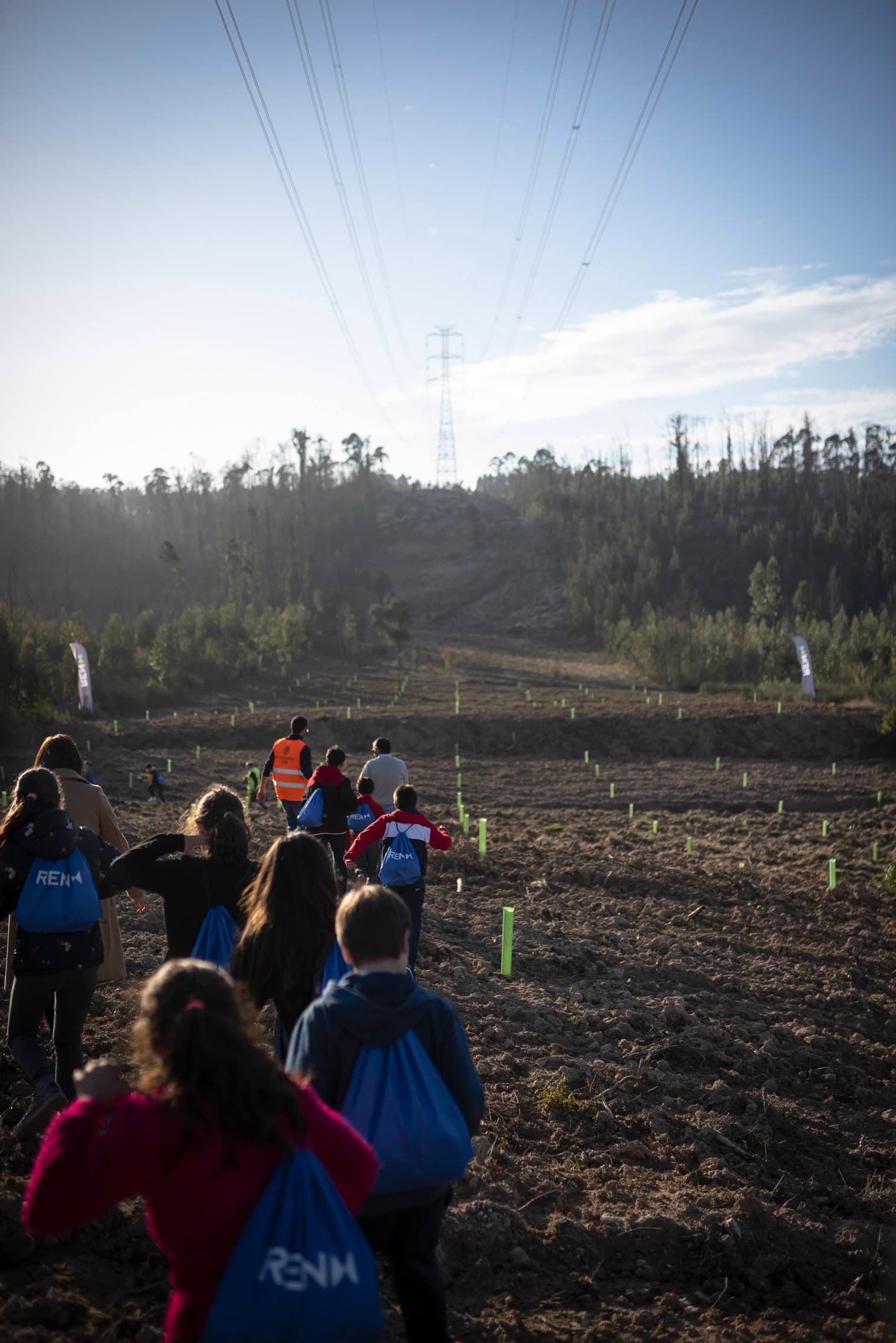REN is an active agent in energy transition and environmental protection, developing electricity and gas infrastructures to ensure gradual decarbonisation of both sectors.
REN has been decarbonising its own operations through multiple initiatives:
- implementation of initiatives to reduce CH4 (methane) and SF6 (sulphur hexafluoride) emissions; although REN’s leakage rate value is low, on an international scale, REN is permanently seeking solutions that do not use SF6, and which enable this gas to be reduced and later eliminated, in an environmentally responsible manner;
- continued electrification of the fleet (1/3 is electrified, increasing 6 p.p. vis-à-vis 2021);
- development of projects for self-consumption from RES in administrative buildings and technical facilities;
- design of more-sustainable solutions for future assets;
- implementation of energy efficiency measures;
- involvement of suppliers in the reduction of emissions along the value chain.
REN’s reduction of methane emissions was honoured with the “Gold Standard” award of the Oil and Gas Methane Partnership, which is an initiative spearheaded by UNEP (United Nations Environment Programme), in partnership with the European Commission, the UK Government, the Environmental Defence Fund, and major Oil and Gas companies.
The Oil and Gas Methane Partnership seeks to reduce methane emissions and supports the creation of a monitoring, reporting, and verification system to more accurately detect and quantify emissions by the industry’s operators.
By requiring companies to report their emissions from all asset sources along the value chain, annual reporting under this initiative is the most demanding internationally.













